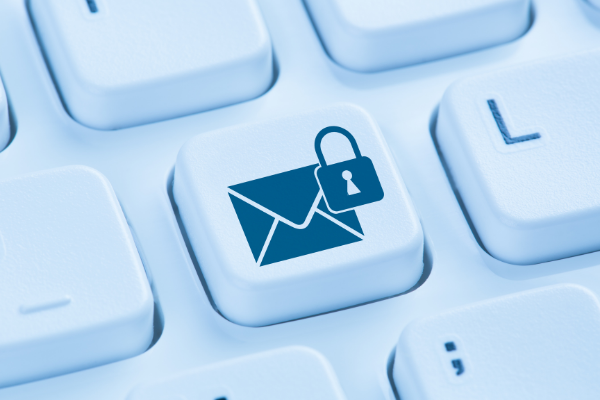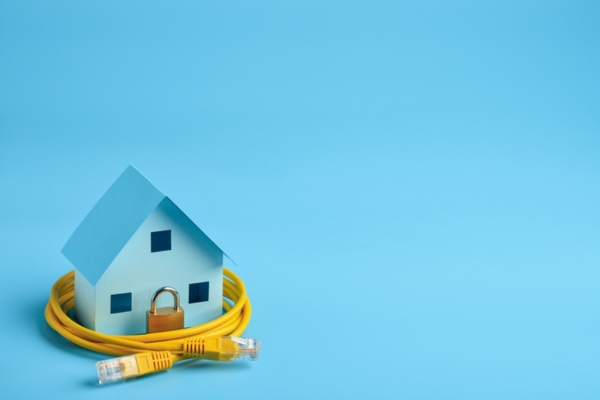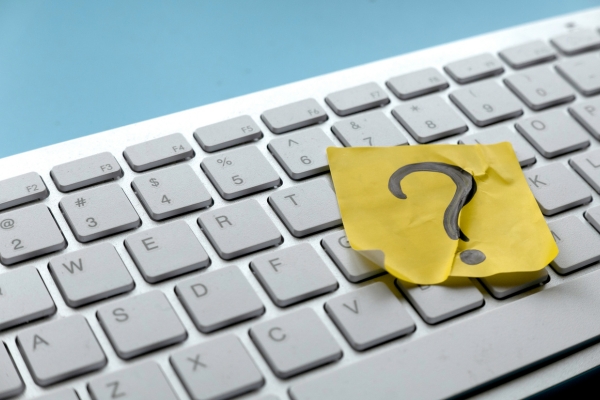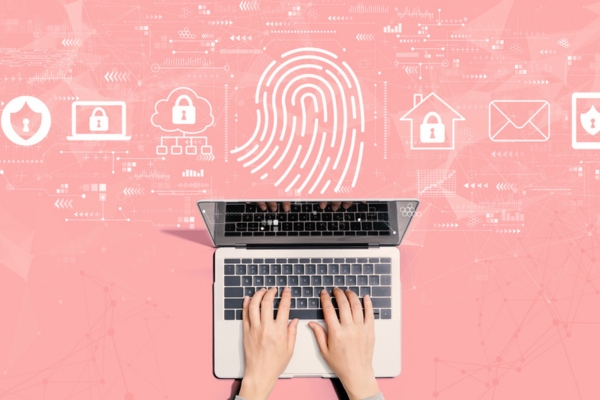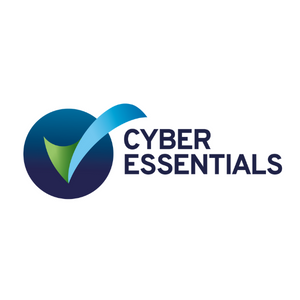Insights
INSIGHTS
All Topics
The fundamentals of third-party cyber security
22 Mar 2024by Jane Waterfall
You have viewed all of your 1 articles as an unregistered user
To continue reading this article please register.
For unlimited access to our free content, please register.
Jane Waterfall
More on this topic
22 Apr 2025by Laura Stanley
Charity Spotlight: How Yellow Boat of Hope Foundation transformed services with digital
Related Content
Recommended Products
Recommended Products
Our Events
Charity Digital Academy
Our courses aim, in just three hours, to enhance soft skills and hard skills, boost your knowledge of finance and artificial intelligence, and supercharge your digital capabilities. Check out some of the incredible options by clicking here.







